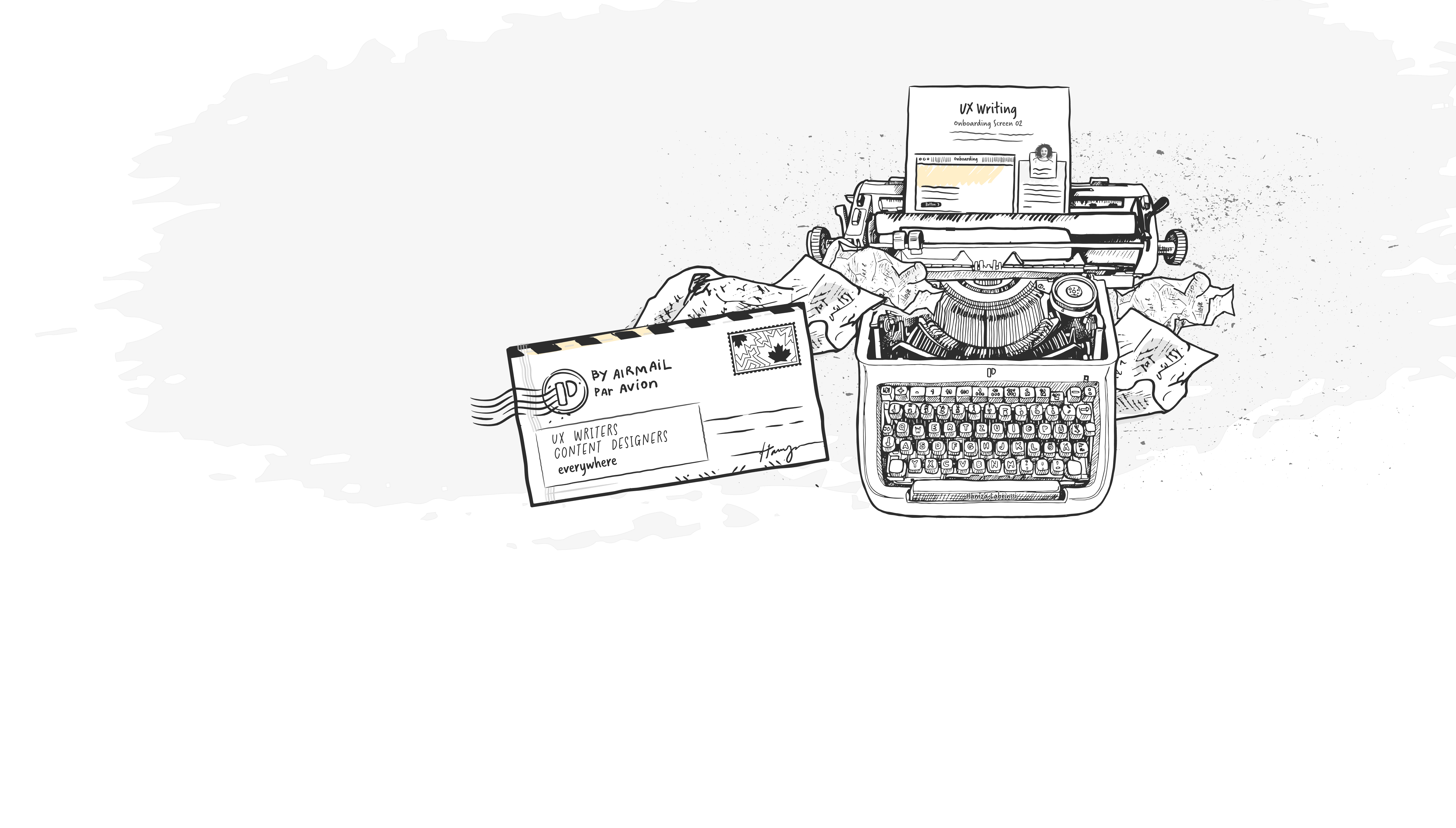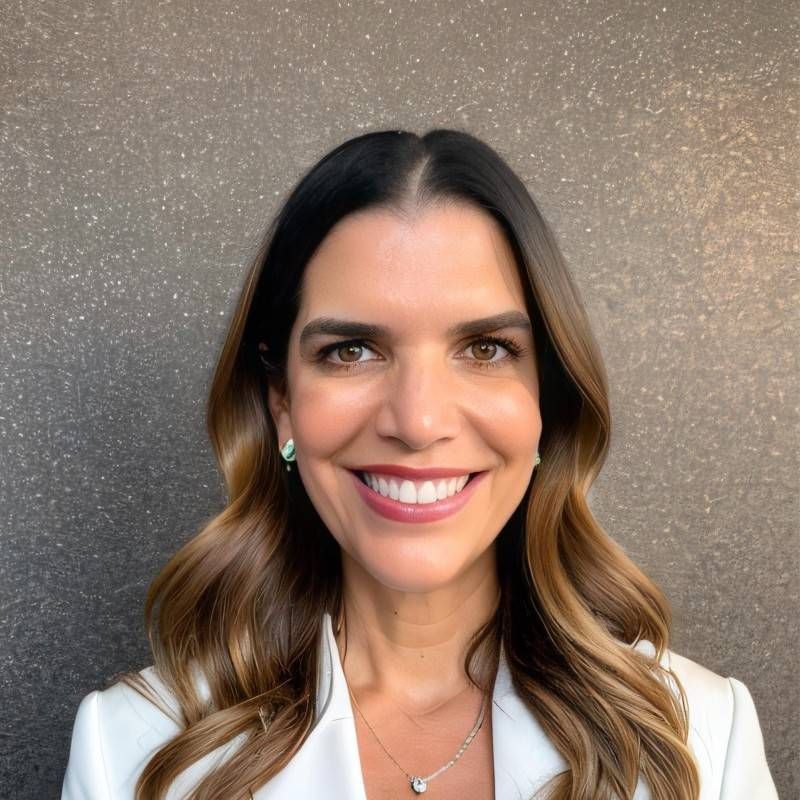"Spotlight" is our latest series featuring in-depth, straightforward, no-fluff, zero-BS Q&A sessions. Here, we engage with seasoned professionals and fresh voices in content design and user experience (UX) to streamline knowledge and explore uncharted territories, talking about struggles, daily challenges, tool sets, and their impact on products and business success.



